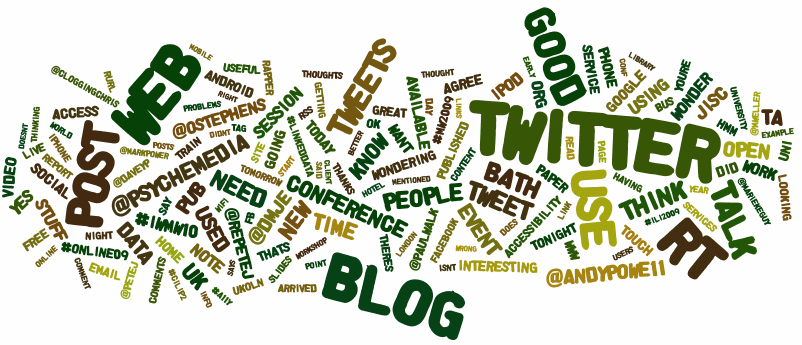Jose Antonio Abreu: The El Sistema Music Revolution
The opportunity to become a musician was given to Mr. Abreu by the great support system he had as a child. His dream was to allow all Venezuelan children to have the same opportunity that were given to him. He made his dream come true by allowing all children in Venezuela, no matter their families’ income, to play or sing in his orchestras. All of his hard work has made Venezuela’s music programs top notch. Music is important for children in Venezuela because it helps them learn organization and coordination skills, builds self-esteem and strengthens values that they would not of been able to accomplish without music.
"El Sistema" attended to 300,000 children of the lower and middle class in 2009. This program has made cultural changes and social rescues all over Venezuela. Three fundamental circles are affected by "El Sistema": personal/social circle, family circle and community circle. Music has developed the children's emotional and intellectual side on a personal/social level. Children have increased their self esteem, therefore they do better in school. Achieving the dream of music allows children to know that any dream is possible. Music is the number one prevention against prostitution, violence, bad habits and anything else that degrades the life of a child in Venezuela.

I can relate to the “El Sistema” music programs in Venezuela. Since the fifth grade, music has been a major part of my life. Learning how to play the marimba has taught me coordination skills. Playing with music groups has taught me how to work with other people to accomplish a common goal. My self esteem was raised when I played for an audience with a group of musicians for the first time. I plan to give my students in my class the joy of music. Children learn songs on the radio easily because they are having fun while learning all the words to a song. I believe teaching should be just that fun. Music is a great way to teach children hard subjects while having fun.
Kakenya Ntaiya: A girl who demanded school by Paula Lu
From the few TED Talks that I have watched, I have learned many things. From Sugata Mitra’s “Build a School in the Clouds,” I learned that children are naturally curious and if you ask the right and get them interested they will learn on their own. From Brian Crosby’s “Back to the future,” I learned that learning should be fun and we should be teaching students in a way that they forget that they are even learning. From Sir Ken Robinson’s “The Importance of Creativity,” I learned that creativity is important and aids in making learning fun.
In the video “Kakenya Ntaiya: A Girl Who Demanded School,” I learned that if you are determined, you can reach your goals and dreams. Kakenya Ntaiya is from the Maasai Tribe in Kenya. When she was thirteen, she demanded and made a deal with her father to let her go to high school. She could only go to high school if she would undergo the tradition of female circumcision during a Maasai ceremony. What the people of the tribe did to her could have killed her, but she was lucky. She attended high school and wanted to attend college. She met a boy from her village who had recently returned from college in the United States. She asked him to help her get to college and he did. She applied to Randolph Macon College in Virginia and was accepted. She then had to receive the support of her village to allow her to go and attend college in the United States, which she did. She promised them that she would return and do whatever she could to help the village.
She went on to finish college and return to get her Master’s Degree. While she was in the United States she learned many things about her village that was very wrong and should not be allowed. When she returned from her studies, she remembered her promised and asked the village how she could help. The women of the village wanted to build a school for the girls and the men one for the boys. She agreed to build one for the girls and for the boys, another male college graduate would help them build one. The village was supportive and provided land to help with the construction.
After all was done, she ended up helping and protecting many girls in their village. The girls are happier and safer. She shows that she can accomplish anything as long as she is determined.
I enjoyed watching this video a lot. I grew up in the U.S. where we have toilets, air conditioning, and fast food. I have never been to another country where they did not have those things. I love learning about the environment and living in other places. One of the things I have always wanted to do was go and stay with a tribe or village who do not have the things that the United States does. I want to experience what it is like to not have a bathroom, to not have air conditioning, or fast food, or even ice. I want to make a difference. Maybe I won’t accomplish anything like Kakenya Ntaiya did, but even changing the way we teach is good enough for me.
Shane Koyczan: "To This Day" ... for the bullied and beautiful
Shane Koyczan: "To This Day" ... for the bullied and beautiful is a very dynamic and intense video. Shane Koyczan is a poet. He is so inspiring and has opened my eyes to many things. In this video he points out what it is like to be young and different. This video is a spoken-word poem about bullying. He explains his personal experience with bullying and how it has affected him. The poem shows the effects of bullying, abuse and even depression. He speaks about how children are spoken to and treated in school when it comes to bullying. This poem tackles bullying head on. He says how we are expected to define ourselves at a young age and if we do not define who we are, someone else will do it for us. He says, "They ask us what we wanted to be and told me what not to be." This happens often with young children because people will put down the child's dream and say it is impossible. We should not do this. We should let children dream and encourage them to reach and accomplish their dreams. "Standing up for yourself does not mean we have to embrace violence." I really like this statement. All too often when people think of standing up to bullying they picture fighting and violence, but it does not have to be that way. That is not the only way to stand up for yourself. For example, Shane stood up to someone who was bullying him by giving him the wrong homework answers. Shane Koyczan is an amazing poet. He makes the audience feel what he felt. He has shown the profound and lasting impact bullying can have on an individual. He shows how much of a battle it can be to overcome the emotional scars from bullying.
I think as a future teacher it is imperative to have discussions with my students about bullying. As educators we should reinforce the need to think before speaking, because once you have said something, you cannot take it back. A negative comment could possibly hurt someones feelings or ruin a possible friendship. It is essential for students to know how to do the right thing instead of the wrong thing and how speaking negatively to a peer may affect them. It is substantial that students know that bullying is bad and will not be tolerated at school. They should be educated on the matter. Bullying, whether it be physical or verbal, is not acceptable. Cyber bullying also should not be tolerated. This is something that is becoming more and more common with the increase of children having access to technology. Students should also be told that they can confine in myself as a teacher and all other teachers and adults. It is critical that students know that you are there to do whatever you can to stop bullying and for them to be comfortable coming to you about bullying. Schools should be a bully free zone. Bullying can really affect someone and the effects of bullying can last for a lifetime.




.PNG)

